For sale
Books
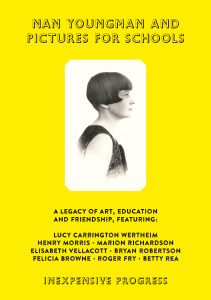
Robjn Cantus
Nan Youngman & Pictures for Schools
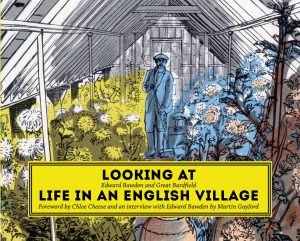
Robjn Cantus
Looking at Life in an English Village
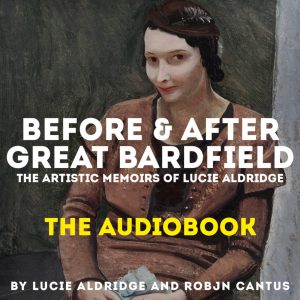
Lucie Aldridge & Robjn Cantus
Audiobook
Pictures
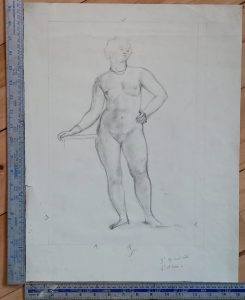
Barnett Freedman CBE RDI (1901-1958)
Standing Nude
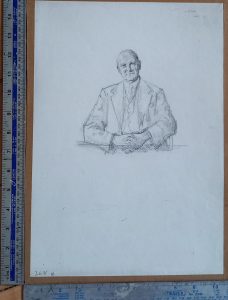
Barnett Freedman CBE RDI (1901-1958)
Portrait
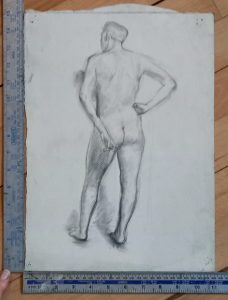
Barnett Freedman CBE RDI (1901-1958)
Male nude
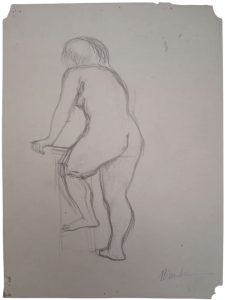
Barnett Freedman CBE RDI (1901-1958)
Life Drawing
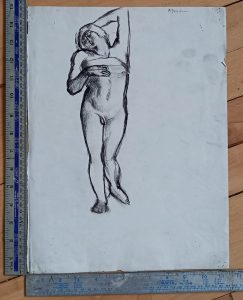
Barnett Freedman CBE RDI (1901-1958)
Stretching Nude
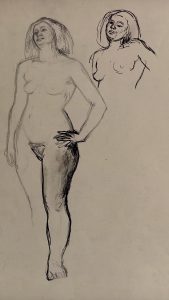
Barnett Freedman CBE RDI (1901-1958)
Two Nudes
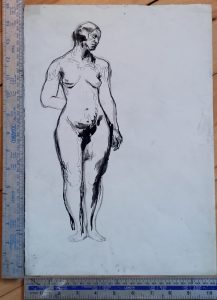
Barnett Freedman CBE RDI (1901-1958)
Standing Nude
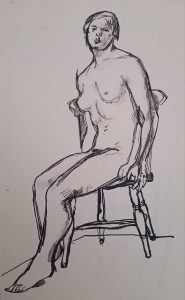
Barnett Freedman CBE RDI (1901-1958)
Seated Woman
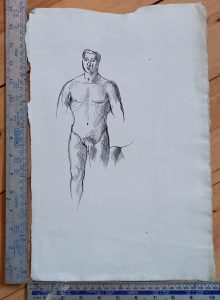
Barnett Freedman CBE RDI (1901-1958)
Nude male